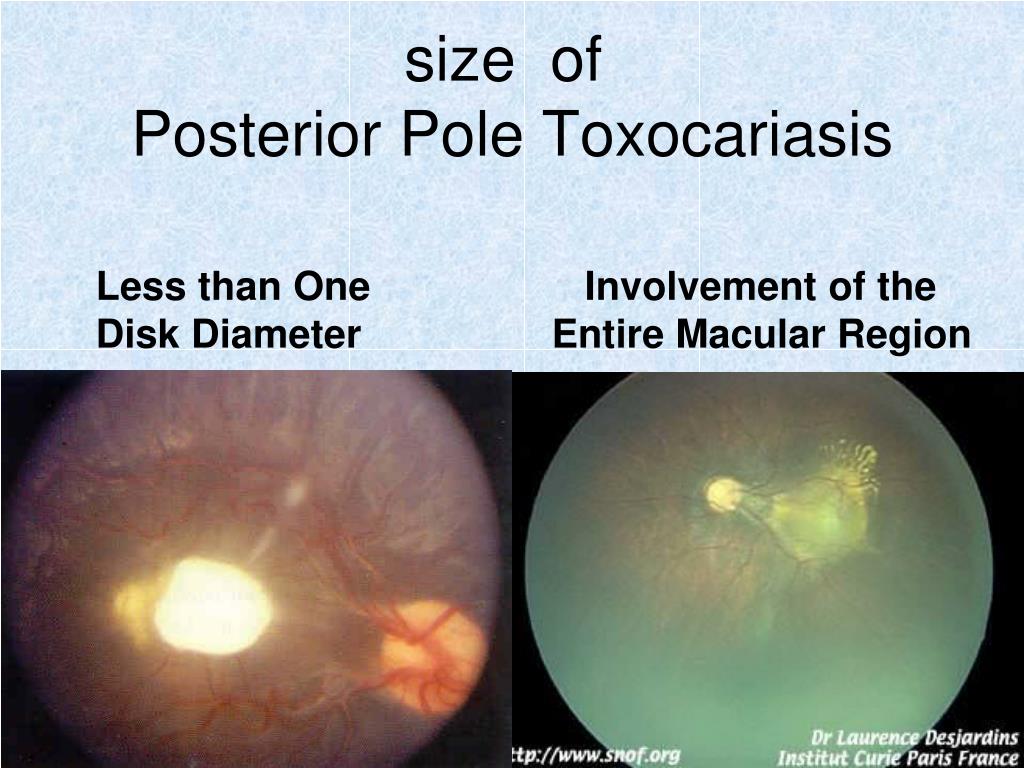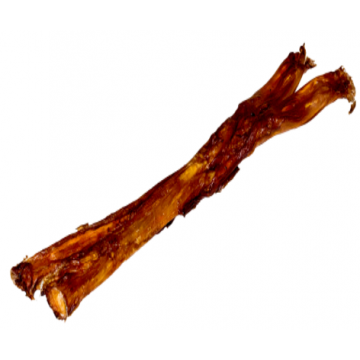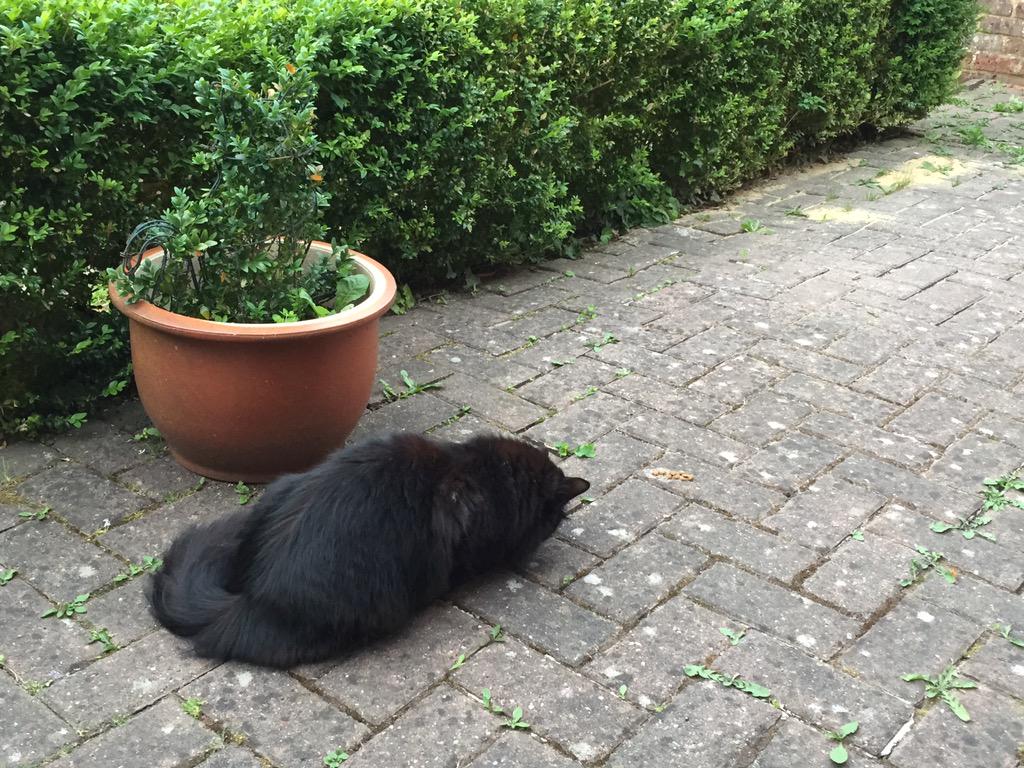
(Make sure the bone or chew item is large enough so that the dog cannot swallow it.) Encourage the dog to play with acceptable chew items. Teasing the dog with a bone or chew toy will help stimulate interest in the object. Taking the dog out for a good long walk twice a day will help tire the dog out, provide the dog with companionship and diversion.įor dogs with an urge to find, chew and hold items within their mouth it is useful to orient the dog towards an acceptable object such as a strong nylon or rawhide bone. The easiest treatment for pica behavior is to provide adequate exercise and active play for the animal. Sometimes these two functions are so closely associated with each other that the dog ends up partially ingesting something that it originally intended only to investigate and release. Puppies which were orally oriented, encouraged to pick up objects and play with them, can retain the attribute into adulthood.Īccidental- The dog's mouth is an organ by which he explores and takes possession of objects, as well as eats them. A dog with little to do in his day will "explore" behavioural activities, such as chewing on foreign objects.įrom Puppyhood- Pica is often a carryover from puppyhood. Even if a scolding follows, this may act as a reward for a dog deprived of attention.īoredom- Boredom or lack of exercise for long periods of time without companionship can play a major role in a dog's interest in chewing on non-food items. The attention provided by the owner can be rewarding and reinforced even though the reward is unintentional. To Gain Attention- A dog can quickly learn that picking up a foreign object or a non-food item will gain the owner's attention. In the absence of any physiologic or pathologic causes, there are a number of behavioral reasons for pica. The good news is that, with proper treatment, most dogs can be cured of the behavior.Medical- There are many medical conditions such as dietary deficiencies and esophageal dysphagia which should first be ruled out through a veterinarian's examination.


Pica is a potentially dangerous condition that needs to be dealt with in order to keep your pet safe and healthy. While you're working on stopping the behavior, you'll have to keep a close eye on your dog in order to stop him from eating something that could harm him. Generally speaking, working with a qualified trainer or behaviorist is the best course of action to get lasting results. If that was the cause, you may see an improvement pretty quickly. If you think your dog may be bored or lack stimulation, try spending more time walking and playing with your pet. If there is no medical condition that's to blame, you can try to treat pica yourself or work with a behavioral therapist.


If the behavior started suddenly, schedule an appointment with your vet to rule out a medical cause. It can also be triggered by one of a long list of medical conditions such as: While a puppy with pica may outgrow the condition, adult dogs usually will not. It's easy to see the dangers of the condition, and many dogs require surgery after ingesting rocks or need other medical treatment after eating something toxic. This could include dirt, paper, cloth, rocks, feces, and many other objects. Pica is eating objects that are not edible.
#Dog pica treatment professional#
In more severe cases, professional intervention may be required. In some cases, it can be stopped as simply as providing lots of chew toys for your dog. It's not something that should be ignored as it can cause serious health issues for your pet. Some dogs outgrow pica while others will need treatment of the underlying medical or behavioral condition that is causing the pica.


 0 kommentar(er)
0 kommentar(er)
